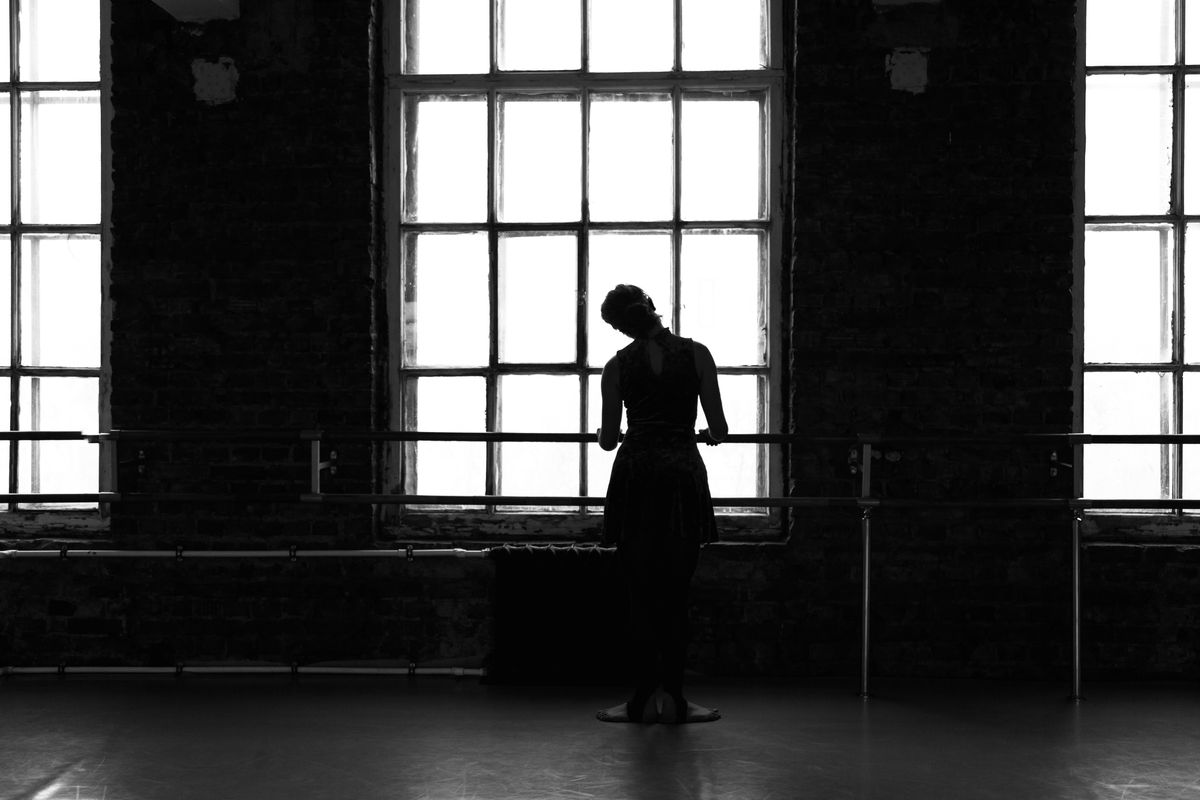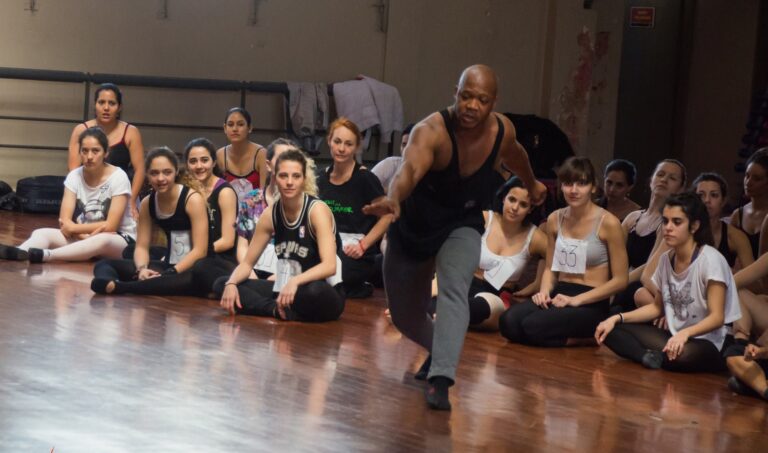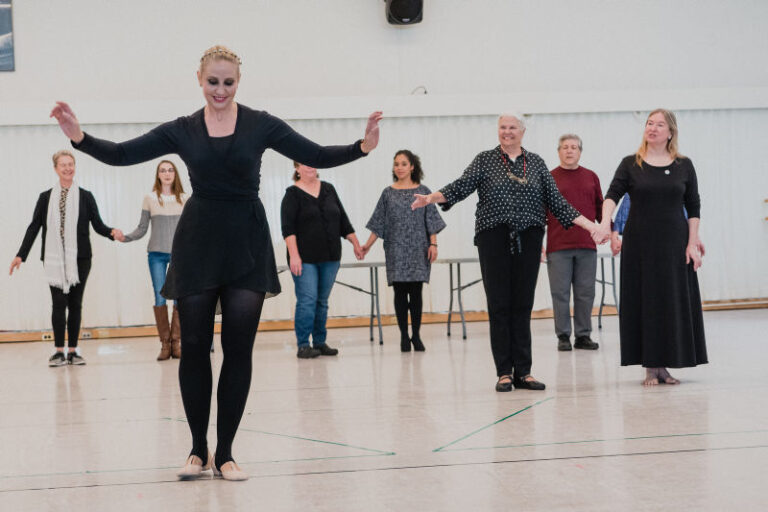
After months of lockdowns and virtual learning, many studios across the country are opening their doors and returning to in-person classes. Teachers and students alike have likely been chomping at the bit in anticipation of the return of dance-class normalcy that doesn’t require a reliable internet connection or converting your living room into a dance space.
But along with the back-to-school excitement, dancers might be feeling rusty from being away from the studio for so long. A loss of flexibility, strength and stamina is to be expected, not to mention emotional fatigue from all of the uncertainty and reacclimating to social activities.
So as much as everyone wants to get back to normal—teachers and studio owners included—erring on the side of caution with your dancers’ training will be the most beneficial approach in the long run.
Start With a Conversation
In addition to any sort of COVID-19 screening you’re doing with students upon entry, be sure to also assess their overall physical well-being. “From kids taking Zoom classes in their kitchens to those whose parents transformed their basement into a full-on dance studio, everyone’s experiences will be different and you need to be prepared,” says Marissa Schaeffer, a physical therapist and strength conditioning specialist for The Ailey School.
Set up a system with an email questionnaire or hold individual check-in conversations with dancers and their parents to establish an open yet private and judgment-free line of communication. Inquire about things like how much physical activity students have done since March, if they’ve developed any injuries, and how their bodies have been feeling generally. (In the rare case that you have a student who has recovered from and tested negative for COVID-19, be sure to check in about any lingering health issues.) Schaeffer also points out that students with asthma might be at greater risk for an asthma attack while dancing in a face mask, so keep an extra-close eye on those students.
Focus on Reconditioning
While students will likely be itching to jump back into normal dance class, the reality is that many of them were less active than usual throughout the summer and are physically deconditioned.
“Now is the time for teachers to pull back the reins,” says Schaeffer, “and make class meaningful without dancing the entire time.”
Instead, for the first month back, take the information gleaned from the initial screening questions and tailor a class that focuses on reconditioning your dancers. This could include an extended warm-up with additional stretching, an extra sequence of core strength-building or incorporating cross-training, like yoga or Pilates.
“Going slow out the gate,” says Schaeffer, “is a win–win, decreasing risk for injury while increasing dancers’ strength, flexibility and mobility.”
Implement Emotional Check-Ins
It’s important to acknowledge with students that this has been a wild, traumatic year. But a long therapy session usually isn’t necessary.
“Let students know ‘I’m here and I’m open to talking about emotions,” says Rachelle Theise, a licensed clinical psychologist in Westport, Connecticut, and clinical assistant professor at NYU Langone’s Child Study Center. Simply inquiring about how your students are feeling will let dancers know that you’re available if they need extra support. If a student does seem to be withdrawn, stressed or overanxious, let the student’s parent know.
Parental anxiety is also to be expected. “If a parent approaches a teacher showing concern about their child’s progress or what they’ve lost technically,” says Theise, “it’s important that teachers not join in on the criticism.” Try to calm the parent’s worries with the reassurance that their kids will soon be back on track.
Avoid High-Impact Movement and Jumps
Schaeffer advises that the last portion of the class, typically reserved for leaps and high-impact work, would be better served to reacclimate dancers to the impact of jumping.
For the first few weeks, replace across-the-floor exercises with center combinations that build strength and control. Schaeffer suggests single-leg relevés—both élevés and forced-arch relevés—or single-leg squats that target the lower extremities. From there, practice deconstructing jumping. “Do a fast plié to relevé in the center with a slow lowering so dancers can work on controlling the movement,” says Schaeffer.
After two weeks, add jumping off of two legs (sautés in first, second and fifth). The following week, add two-feet-to-one-foot exercises (sissonne assemblés), and slowly add high-impact jumping from one foot to one-foot sequences.
Focus on the Positive
It’s safe to assume that the pandemic has been a stressful time for many of your dancers. Their emotions, just like their physical bodies, need extra TLC right now.
“Kids have been emotionally impacted by what’s been going on with COVID-19,” says Theise. “They will have more anxiety about being out in the world and might be anxious about being back in the studio.”
Even more than usual, focus on creating a warm, uplifting environment. Give students positive reinforcement just for showing up to help prevent feelings of inadequacy or shame.
Emphasize to your students that questions about how frequently they did or did not practice over the past six months or what their bodies are capable of are strictly to gauge their physical health, not pass judgment on what they’ve lost during the pandemic.
“We don’t want kids to be functioning from a deficit place,” says Theise. “We want to meet kids where they’re at now and not to feel that they’re at a disadvantage or that they’ve not done enough to keep up.”




